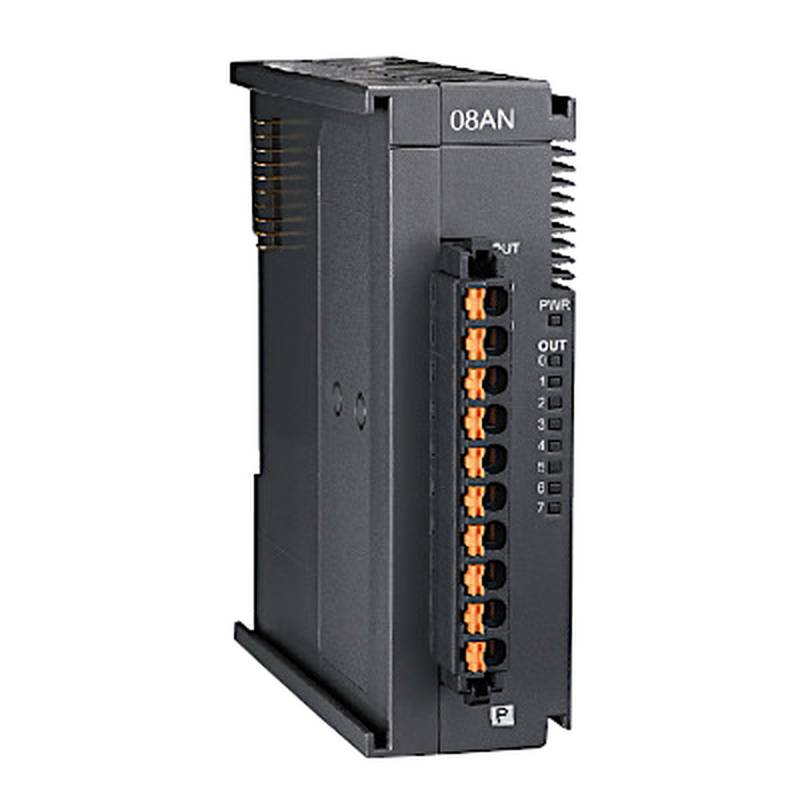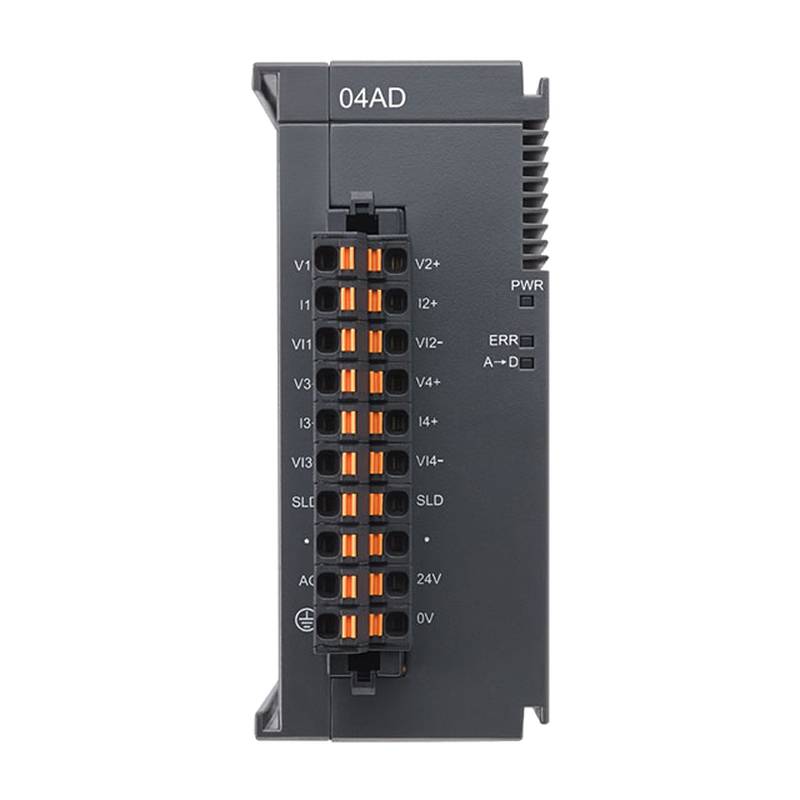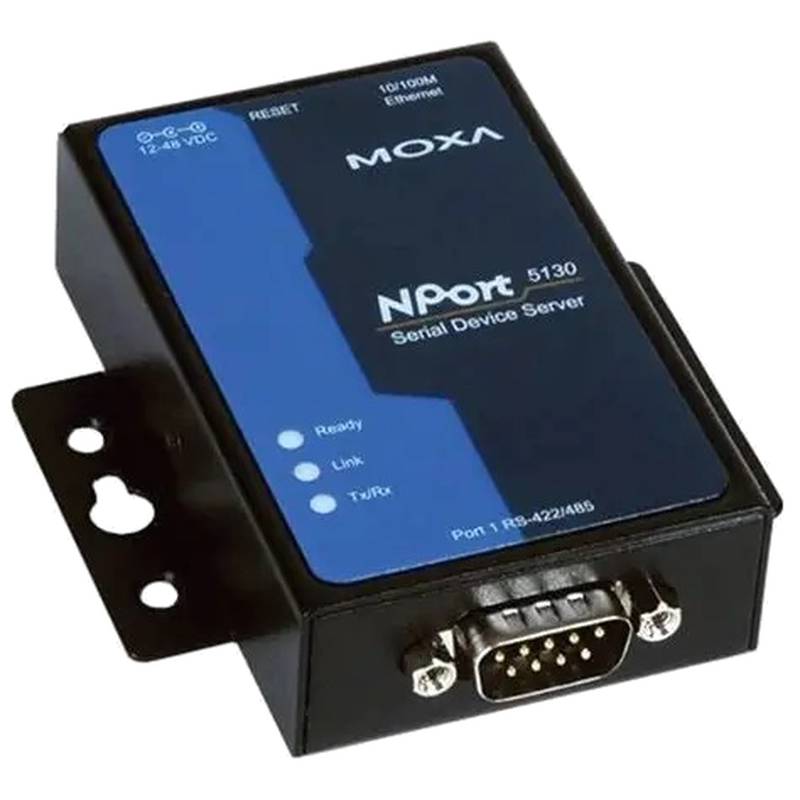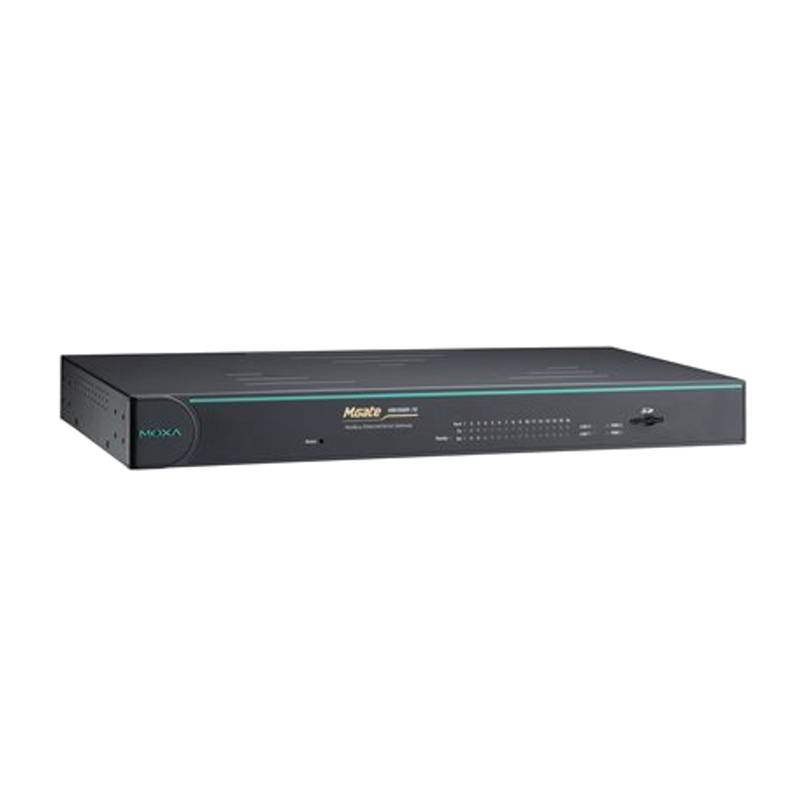
The Siemens 5SU9156-7KK63 is a Type AC residual current circuit breaker (RCCB) designed for robust earth leakage protection in a variety of industrial and commercial applications. This 1-pole + neutral device boasts a 63A rated current and a sensitive 10mA tripping current, offering a high level of safety against electrical shocks. Its C-curve characteristic ensures reliable operation in circuits with moderate inrush currents, preventing nuisance tripping while maintaining essential protective functions. The 5SU9156-7KK63 distinguishes itself through Siemens' commitment to quality, stringent manufacturing standards, and advanced technology, positioning it as a dependable choice for safeguarding personnel and equipment from dangerous earth faults.
Product Specifications
| Parameter | Specification |
| :------------------------ | :------------------------------------------- |
| Product Type | Residual Current Circuit Breaker (RCCB) |
| Manufacturer | Siemens |
| Model Number | 5SU9156-7KK63 |
| Rated Current (In) | 63A |
| Rated Residual Operating Current (IΔn) | 10mA |
| Number of Poles | 1P+N (1 Pole + Neutral) |
| Tripping Characteristic | Type AC |
| Tripping Curve | C |
| Rated Voltage (Ue) | 230/400V AC |
| Rated Frequency | 50/60 Hz |
| Breaking Capacity (Icn) | 10 kA |
| Terminal Type | Screw terminals |
| Mounting Type | DIN rail |
| Protection Class | IP20 (enclosure), IP40 (installed) |
| Ambient Temperature Range | -25°C to +45°C |
| Certifications | CE, VDE, CCC (check local regulations) |
Core Features & Market Positioning
The Siemens 5SU9156-7KK63 RCCB is engineered with precision to deliver superior earth leakage protection. Its 10mA tripping sensitivity is a critical differentiator, providing enhanced personal safety by detecting even small leakage currents that could pose a shock hazard. The Type AC designation indicates its suitability for general-purpose AC circuits, effectively responding to sinusoidal residual currents. Furthermore, the inclusion of the "C" tripping curve allows for tolerance of moderate inrush currents common in inductive loads without compromising protection, a vital feature in industrial settings. This combination of high sensitivity, robust construction, and reliable performance firmly positions the 5SU9156-7KK63 as a premium solution for demanding electrical protection requirements where safety and operational continuity are paramount. Siemens' reputation for quality and innovation further underpins its market standing as a trusted provider of electrical safety components.
Key Application Scenarios
The Siemens 5SU9156-7KK63 RCCB finds extensive use across various sectors requiring dependable earth leakage protection. In industrial facilities, it safeguards machinery and personnel in manufacturing plants, workshops, and processing units where electrical equipment is continuously operated. For commercial buildings, this RCCB is ideal for protecting circuits in offices, retail spaces, and public areas, mitigating risks associated with diverse electrical appliances and wiring installations. In residential settings, particularly in areas with a higher risk of moisture or where enhanced safety is desired, it provides critical protection for circuits powering kitchens, bathrooms, and outdoor equipment. Its 63A rating and 1P+N configuration make it suitable for main distribution boards or critical branch circuits, ensuring comprehensive safety compliance and preventing electrical hazards.
Practical System Integration Guidance
Integrating the Siemens 5SU9156-7KK63 into an electrical system is straightforward, leveraging standard DIN rail mounting and screw terminal connections. Ensure the RCCB is installed in a suitable enclosure providing at least IP20 protection for the device itself and IP40 once mounted in a panel. The incoming power supply (line and neutral) should be connected to the upper terminals, and the outgoing protected circuit to the lower terminals. Crucially, the neutral conductor must be connected to the designated neutral pole to ensure the earth leakage protection functions correctly. Always verify that the rated voltage and frequency of the system are within the specifications of the 5SU9156-7KK63 to prevent damage or malfunction. Proper conductor sizing and termination torque according to local electrical codes are essential for safe and reliable operation.
Operation and Risk Mitigation
Operating the Siemens 5SU9156-7KK63 involves understanding its primary function: detecting earth leakage currents and rapidly interrupting the circuit to prevent electrical shock and fire hazards. The clearly marked "Test" button on the front allows for periodic manual testing of the tripping mechanism, recommended monthly to ensure its operational readiness. In the event of an earth fault, the RCCB will trip, indicated by the lever moving to the "Off" position. To reset, ensure the fault has been identified and rectified, then firmly move the lever to the "On" position. Common troubleshooting involves checking for faulty appliances, damaged wiring, or transient surges. If nuisance tripping persists, a qualified electrician should inspect the system for underlying issues. The 10mA sensitivity of this device means it is designed for personal protection, and for overload or short-circuit protection, it must be used in conjunction with a suitable miniature circuit breaker (MCB) or fuse.
Scalability & Long-Term Value
The Siemens 5SU9156-7KK63 RCCB offers considerable long-term value through its compatibility with the broader Siemens ALPHA SERIES or SIVACON distribution boards and associated electrical components. This ensures seamless integration into existing or planned Siemens electrical infrastructure, facilitating system expansion and upgrades without compromising safety or performance. While this specific model is a fixed-configuration device, its robust design and high-quality construction contribute to a long operational lifespan, reducing the need for premature replacements. For future digital integration, consider pairing this RCCB with Siemens' smart monitoring devices or within larger integrated solutions that can provide remote status monitoring and diagnostic capabilities, aligning with Industry 4.0 principles for enhanced operational efficiency and predictive maintenance.
Frequently Asked Questions
What is the primary function of the Siemens 5SU9156-7KK63?
This device acts as a residual current circuit breaker (RCCB). It is designed to detect earth leakage currents. Its main purpose is to protect people from electric shock.
It interrupts the power supply very quickly when a fault occurs. This significantly reduces the risk of serious injury. It is a crucial safety component in modern electrical installations.
The 5SU9156-7KK63 offers 10mA sensitivity for enhanced personal safety. It also features C-curve for managing moderate inrush currents.
How does the 10mA tripping current benefit users?
A 10mA tripping current provides a very high level of personal protection. It can detect small leakage currents that may not trip a standard circuit breaker. This sensitivity is vital for preventing electric shock.
This feature is particularly important in areas with increased risk, like bathrooms or kitchens. It offers an additional layer of safety for vulnerable individuals. It acts as a life-saving device.
By tripping at lower fault currents, it minimizes the duration of exposure. This rapid response greatly reduces the severity of potential shocks. It ensures quicker disconnection from the hazardous circuit.
What is the significance of the 'C' tripping curve on this RCCB?
The 'C' curve indicates the RCCB can withstand moderate inrush currents. These are common with inductive loads like motors or transformers. It prevents nuisance tripping in normal operating conditions.
This characteristic ensures the device does not trip unnecessarily. It maintains operational continuity for equipment with higher start-up currents. This makes it suitable for industrial applications.
The 'C' curve provides a balance between sensitivity and immunity to transient currents. It ensures reliable protection without sacrificing performance. It is a versatile choice for varied electrical systems.
Can the Siemens 5SU9156-7KK63 be used as a standalone overload protector?
No, this RCCB is not designed for overload protection. It primarily protects against earth leakage faults. Overload and short-circuit protection must be provided by a separate MCB or fuse.
It is essential to use this RCCB in conjunction with overcurrent protective devices. This ensures complete protection of the electrical circuit. The combination meets safety standards.
The device's breaking capacity is rated for fault currents, not continuous overload. Relying on it solely for overload protection is a safety hazard. Proper system design requires separate devices for each function.
What is Type AC and why is it important for this product?
Type AC signifies that the RCCB can detect sinusoidal alternating residual currents. This is suitable for most standard AC electrical installations. It is the most common type for general use.
This designation determines how the device responds to fault currents. It means it is effective against typical AC leakage. It ensures reliable operation in diverse environments.
Understanding the type is crucial for correct application. Type AC is standard for residential and commercial power systems. It confirms compatibility with typical AC power grids.
What are the typical applications for the 5SU9156-7KK63?
This RCCB is ideal for industrial and commercial settings. It provides safety in manufacturing plants and offices. It's used where robust electrical protection is needed.
It is also suitable for residential buildings, especially in wet areas. Think kitchens, bathrooms, and basements. It enhances safety for household appliances.
Its 63A rating makes it suitable for main distribution or significant branch circuits. It ensures protection across various high-demand electrical systems. It meets stringent safety regulations.
How do I install the Siemens 5SU9156-7KK63?
Installation requires mounting it on a standard DIN rail. Connect the incoming power (line and neutral) to the top terminals. Connect the outgoing circuit wires to the bottom terminals.
Ensure the neutral conductor is correctly connected. This is crucial for the earth leakage detection to function properly. Always follow local electrical codes and standards.
Use appropriate wire gauges and termination techniques. Make sure the device is installed within a protective enclosure for safety. Periodic testing after installation is recommended.
What is the purpose of the 'Test' button on the RCCB?
The 'Test' button allows for manual verification of the RCCB's functionality. It simulates an earth fault to check if the tripping mechanism works. This ensures the device is operational.
It is recommended to press this button periodically, typically monthly. This regular testing confirms the safety device remains effective. It's a critical part of maintenance.
Depressing the button should cause the lever to trip to the 'Off' position. If it doesn't, the RCCB needs immediate replacement. This simple test is vital for electrical safety.
How do I reset the 5SU9156-7KK63 after it has tripped?
First, identify and rectify the cause of the earth fault. This could be a faulty appliance or damaged wiring. Ensure the fault condition is completely resolved.
Once the fault is cleared, firmly push the lever all the way up to the 'On' position. You may need to pull it up slightly before pushing it fully. The lever should stay in the 'On' position.
If the RCCB trips again immediately, there is still an underlying fault. Do not force the reset. Consult a qualified electrician to diagnose and fix the issue.
Is this RCCB compatible with other brands of electrical components?
While the 5SU9156-7KK63 is designed to high Siemens standards, compatibility with other brands can vary. For guaranteed performance and safety, it's best to use it within a Siemens distribution system. Check specific product documentation for cross-brand compatibility.
Using components from different manufacturers might lead to unexpected interactions. It can also affect the overall system's safety certification. Always prioritize verified compatibility.
For critical applications, sticking to a single manufacturer's ecosystem ensures reliability. This simplifies troubleshooting and maintenance. It also ensures warranty adherence.
























